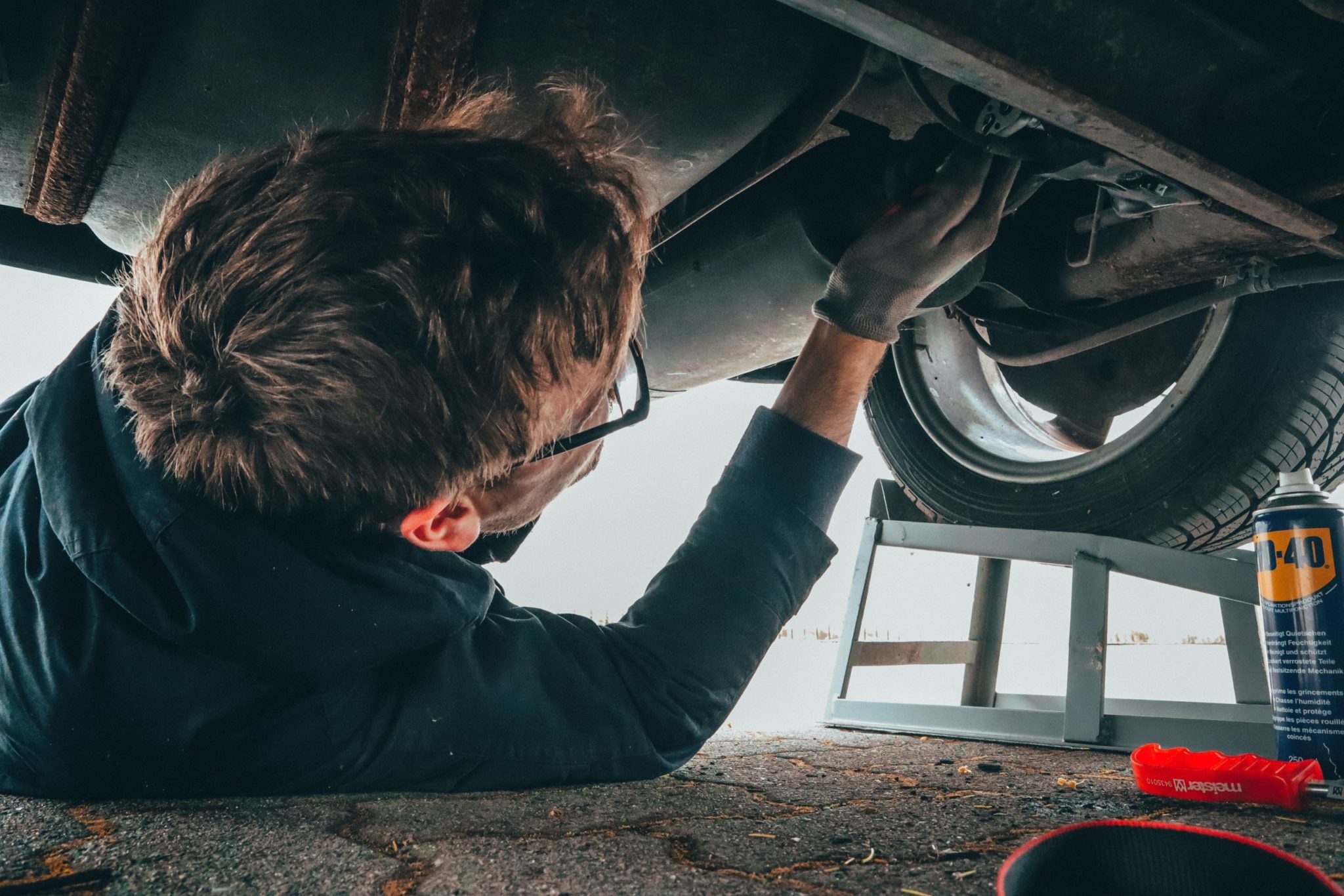Summer is almost here and choosing destinations, booking hotels, and organizing activities for a road trip should be fun, but even the most organized traveler can easily become overwhelmed. The effects, though, can be epic with a little forethought.
This is especially true during pandemics, when highways are the most common mode of transportation. Service & Repair your equipment is especially necessary before a long road journey, especially in the summer and to off-the-beaten-path areas.
Whatever your destination, prepare the vehicle that will get you there—and back. Here are a few tips for getting your vehicle ready for summer and a long road trip.

Check brakes
One of your car’s most important safety elements is its braking system. However, it, like many other car parts, can overheat and endanger your family—especially if it hasn’t been maintained in a while.
Before you and your family get in the car and go for a summer drive, make sure the braking system is strong. On a long road drive, everything from stop-and-go city traffic to animals crossing the desert roadway can happen.
Hydraulic pressure is built up in the calipers to force the brake pads down onto the rotors. Brake fluid can also become polluted and absorb moisture, reducing performance.
In everyday use, service should be conducted every 24,000 miles or according to the service intervals specified in your owner’s handbook. If you observe poor braking performance, talk to your dealer or a local shop about the best course of action.
Adjust your steering
It takes more than keeping the kids occupied to make a smooth trip. (But don’t worry, we’ve got you covered! Check out these wonderful family-friendly crafts and road trip activities.)
Broken or worn-out mounts or bushings, loose steering parts, and vehicle swaying or bouncing can all ruin your summer plans—and make for an unpleasant ride.
To ensure a smooth ride to your holiday destination, get your car’s steering and suspension systems checked.
Despite the fact that electric and electrically assisted power steering systems are becoming increasingly prevalent, hydraulic power steering is still used in many automobiles.
These power steering systems employ a fluid that can become polluted with time, reducing performance and potentially causing leaks or damage to system components.
The fluid reservoir is usually positioned under the hood in a convenient location, making it simple to inspect each time the vehicle’s engine oil is changed.
Maintain Your Vehicle Routinely
Fluids are important, but they aren’t the only factor to consider when it comes to car maintenance. The following should be done on a regular basis, but especially before a lengthy trip:
Air filters
There are two kinds of air filters in most cars. The cabin air filters incoming air into the passenger compartment, while the engine air filter supplies debris-free air to the engine.
The air filters in a car must be replaced on a regular basis in order for it to work as intended and for the occupants within to breathe freely. According to the manufacturer’s recommendations, the engine air filter and cabin filters should be replaced. A good rule of thumb is every 10,000 to 15,000 miles.
Belts and hoses
Days are gone when a typical vehicle’s accessories were powered by three, four, or even more independent belts.
Manufacturers now use a single ribbed serpentine belt to operate the alternator, air conditioning compressor, water pump, and other accessories whenever practical, however there are exceptions.
Even so, the belts deteriorate over time, and a quick visual inspection will disclose any fractures or fraying. While you’re at it, inspect the hoses for cracks or leaks at junction points.
Lighting
While a vehicle’s headlights are the most obvious source of light, there are several bulbs inside the cabin that may need to be checked and replaced on occasion.
Nothing is more aggravating than attempting to use an inside light after dark only to discover that it has gone out. These are usually simple to replace, and most auto parts stores stock a wide range of replacements to save you a trip to the dealer.
Maintain tires
One of the most prevalent reasons for calling roadside help is a flat tire. To assist avoid a flat-tire calamity, get your alignment and tires, including the spare, inspected by a trained technician.
Is your tire pressure set to the appropriate level in your owner’s manual? A poorly inflated or overinflated tire can cause a bumpy ride, premature wear, overheating, and, worst of all, a tire blowout.
Is the tread on your tires in good condition? Is the pattern of tire wear uneven? You can’t rely on your tires for traction on the road if the tread isn’t deep enough or there’s too much wear.
Final thought
You can relax and enjoy your long summer road trip once you’ve completed these five maintenance tasks.




Join the conversation: